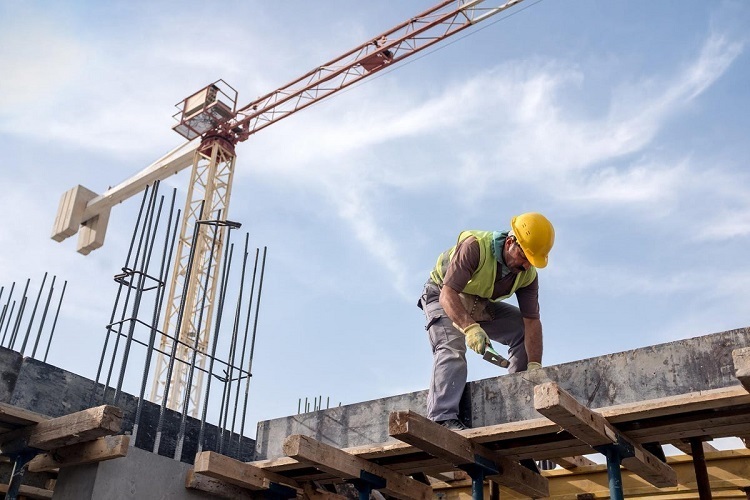 Houses with no heating control systems tend to have poorer energy ratings as compared to the houses fitted with modern heating control systems. This article, provided by epc4less.com explores what a heating control system consists of and how this system affects the energy performance of a house.
Houses with no heating control systems tend to have poorer energy ratings as compared to the houses fitted with modern heating control systems. This article, provided by epc4less.com explores what a heating control system consists of and how this system affects the energy performance of a house.
Epc4less is one of the most established EPC providers in Belfast. They team have assessed thousands of houses for the Energy Performance Certificate since this was introduced as a requirement for all houses for sale or to let.
Table of Contents
Benefits of Heating Control Systems
- You can control when you want to turn ‘on’ or ‘off’ your heating or hot water.
- You can lower your heating bills by fitting and using heating controls.
- You can select specific areas to heat or control temperature instead of heating the whole house.
Components of the heating control system
The components of the central heating system remain the same, whether your system runs on oil or gas. Components include a programmer or timer, thermostatic radiator valves (TRVs) and a room thermostat.
Programmer
The programmer will automatically switch on or off whether you are at home or not or in cases when you do not need it, such as when you are in bed. Programmers allow the users to pre-set ‘on’ and ‘off’ periods. Most of the programmers enable the user to set the hot water and central heating to switch on and off at different times.
The water needed by the radiator is known as the central heating water whereas; the water that goes to your kitchen and bathroom is the domestic hot water. Your programmer can be set to have your domestic hot water instantly when you need it.
In most households, different rooms need to be heated at different times of the day. For example, you might want your bedroom and bathroom to be heated during the day while your kitchen and living room to be heated at evening.
This can be done automatically with the zone control in the programmer by having separate heating circuits along with a separate programmer for each circuit in different parts of the house. If you are installing a new heating system, then it is highly recommended that you install zone control as well since they keep your heating costs low. If you are installing a new heating system in a two-story building, then it is recommended to install two separate zone controls, one for each level.
Room thermostats
Room thermostats prevent your room from overheating. They keep the heating system on until the desired room temperature is reached and keeps off until the temperature drops again.
Room thermostats require free airflow to sense the temperature; therefore, they must not be blocked by furniture or curtains or placed near external heat sources. It is advised that you set your room thermostat between 18 to 21 degrees. The room temperature has no impact in the Energy Performance Certificate rating of the property.
Thermostatic radiator valves (TRVs)
When the temperature of the room rises above a specific setting, the thermostatic radiator valve lowers the water flow through the radiator that they are attached to. Set the TRVs to the temperature that you want for the room. A lower setting is cost-effective as it uses less energy.
Impact on Energy Performance Certificate
Properties having modern heating control systems have 10 to 15 additional points in their energy rating as compared to properties that have no heating control systems. It stands true when the comparison is made with properties of the same style, size, and age of built.
If your property is in Belfast, Northern Ireland, you can contact epc4less for a survey. To survey an average-size home for the Energy Performance Certificate takes no more than 30 minutes and the price is approximately £80.











